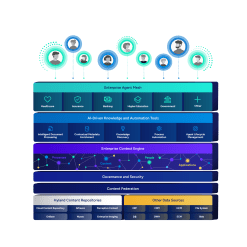Challenges in bridging the AI skills gap
High demand for skilled workers
In many industries, the mentality is “adopt AI or get left behind.” Missing the AI train could be an existential threat, so it’s no wonder that everyone wants to hire workers with these skills. Demand is outstripping supply with only 1 in 10 global workers having the in-demand AI skills organizations are looking for, according to new research by Salesforce.
As AI continues to gain prominence, the demand for proficient AI professionals will only continue to increase. With competition for talent becoming fiercer, the importance of offering attractive compensation and benefits to secure talent is now a necessity.
Insufficient training programs
Organizations may recognize the need to upskill their employees to be AI proficient, but who is going to provide the training if the organization doesn’t yet have an AI ready structure or AI training program in place?
Lack of proper training makes it hard for businesses to develop the talent necessary for their AI goals and lack of internal talent makes it hard for businesses to excel using AI. External training programs exist, but many of these do not prepare workers for specific challenges and technologies they encounter in AI roles.
Budget constraints
Investing in AI training and development programs can be costly, and high-level decisions are often out of the hands of those who need these programs. As a result, organizations, especially the small- to medium-sized ones, are unable to pursue the needed training.















